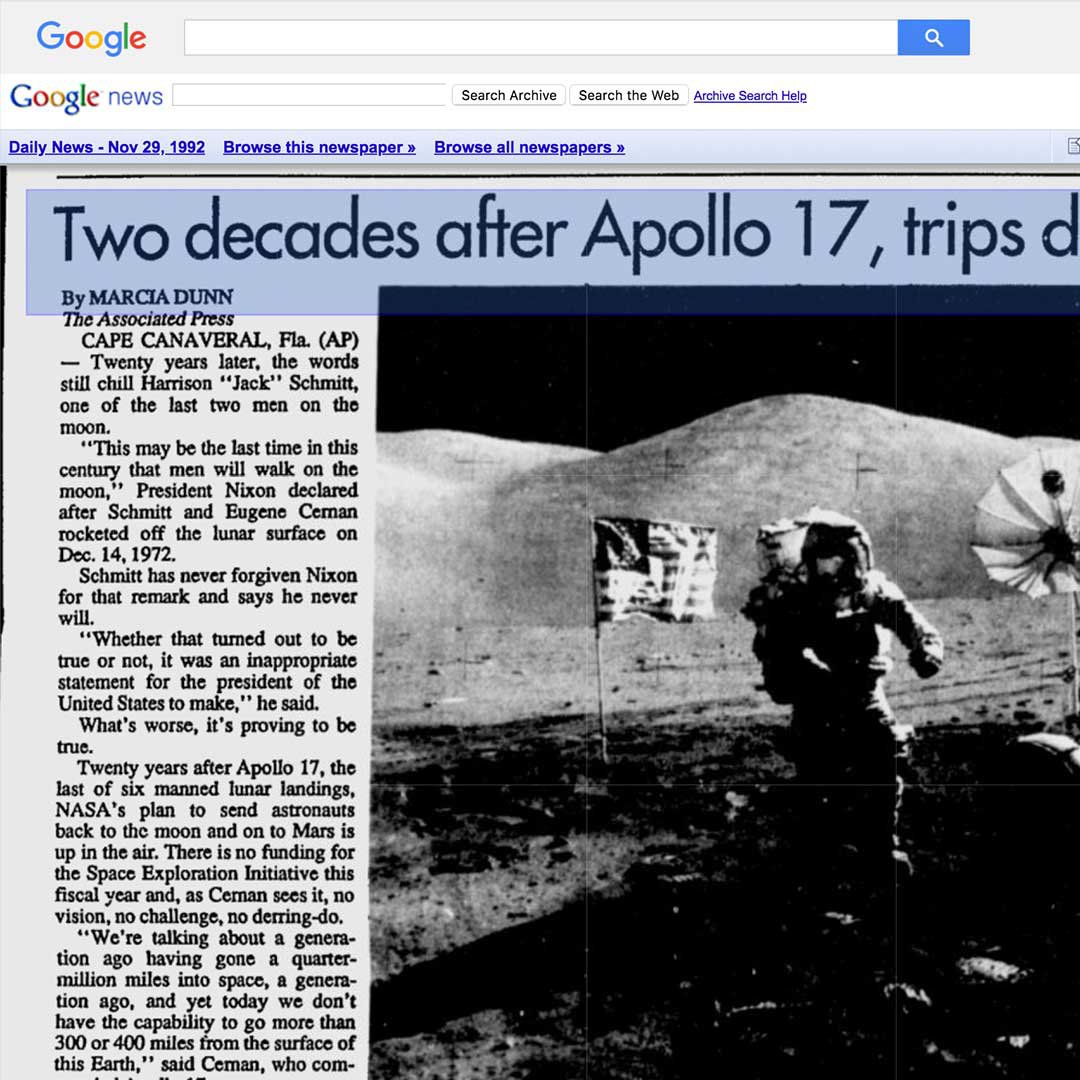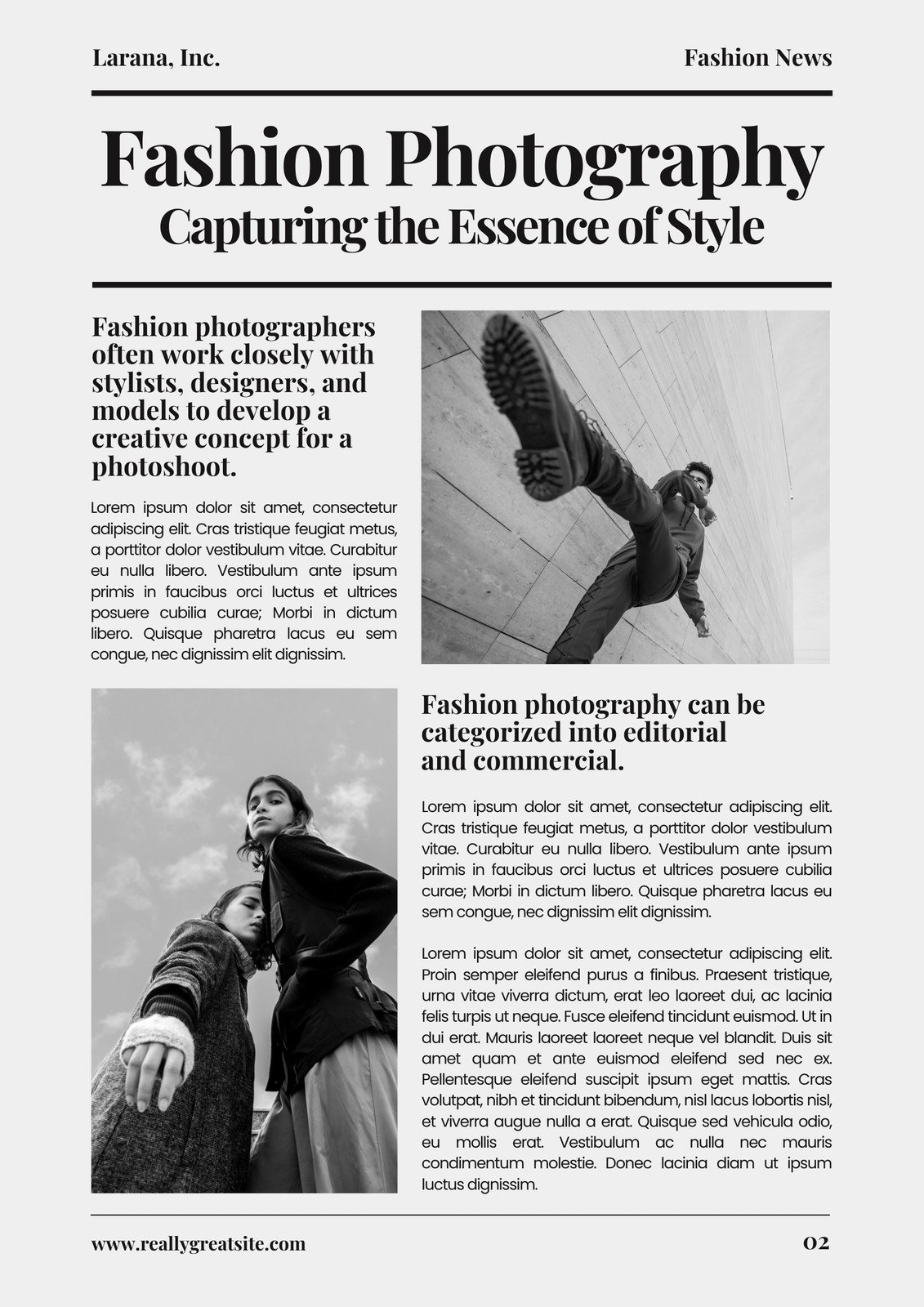News Articles Things To Know Before You Buy
Little Known Questions About News Articles.
Table of Contents7 Easy Facts About News Articles ShownEverything about News ArticlesThe 5-Second Trick For News ArticlesLittle Known Questions About News Articles.The News Articles Ideas
Great understanding of various subjects provides pupils an one-upmanship over their peers. Even though digital and social media sites are easily easily accessible, we ought to not neglect exactly how essential it is to read the papers. Parents must try and inculcate the behavior of checking out a paper as an everyday routine to continue the tradition of the adored print tool.Information tales likewise contain at the very least among the following crucial characteristics loved one to the designated audience: proximity, importance, timeliness, human interest, quirk, or repercussion. The relevant term journalese is occasionally utilized, normally pejoratively, to refer to news-style writing. One more is headlinese. Newspapers typically abide by an expository writing style.
Within these limits, information tales additionally intend to be extensive. Various other variables are involved, some stylistic and some obtained from the media kind. Amongst the larger and much more recognized newspapers, justness and equilibrium is a major consider offering details. Commentary is typically confined to a different section, though each paper may have a various total slant.
Papers with a worldwide target market, for example, often tend to use an extra formal style of creating. News Articles.; common design overviews include the and the United States News Style Publication.
Little Known Facts About News Articles.
As a rule, reporters will certainly not utilize a long word when a short one will certainly do. Information writers try to stay clear of making use of the exact same word much more than once in a paragraph (sometimes called an "resemble" or "word mirror").
Nevertheless, headlines sometimes leave out the subject (e.g., "Jumps From Watercraft, Catches in Wheel") or verb (e.g., "Feline female fortunate"). A subhead (likewise subhed, sub-headline, subheading, caption, deck or dek) can be either a subservient title under the primary headline, or the heading of a subsection of the post. It is a heading that precedes the major message, or a group of paragraphs of the primary text.
Added billboards of any of these kinds might appear later on in the article (particularly on subsequent pages) to entice additional analysis. Such billboards are additionally utilized as reminders to the short article in various other sections of the publication or website, or as promotions for the piece in other magazine or websites. Common framework with title, lead paragraph (recap in vibrant), other paragraphs (information) and contact info.

Instance of a hard-lead paragraph NASA is suggesting one more space project. The firm's budget request, announced today, included a plan to send one more goal to the Moon. This time around the company wants to develop a lasting center as a jumping-off point for various other room journeys. The budget imp source plan requests roughly $10 billion for the job.
The NASA announcement came as the agency requested $10 billion of appropriations for the job. An "off-lead" is the 2nd crucial front page news of the day. The off-lead appears either in the leading left corner, or directly below the lead on the. To "hide the lead" is to start the short article with history details or details of secondary importance to the visitors, compeling them to find explanation out more deeply into a write-up than they must have to in order to discover the necessary factors.
News Articles Fundamentals Explained
Usual usage is that or more sentences each create their own paragraph. Reporters normally define the organization or structure of a news story as an upside down pyramid. The important and most fascinating aspects of a story are placed at the start, with sustaining details complying with in order of lessening value.
It enables people to discover a topic to just the depth that their curiosity takes them, and without the imposition of details or nuances that they might take into consideration unnecessary, however still making that information readily available to more interested viewers. The upside down pyramid structure also allows write-ups to be cut to any kind of arbitrary size during design, to fit in the room offered.
Some authors begin their tales with the "1-2-3 lead", yet there are many sort of lead available. This layout inevitably begins with a "5 Ws" opening up paragraph (as defined official source above), followed by an indirect quote that serves to support a major component of the very first paragraph, and after that a direct quote to sustain the indirect quote. [] A kicker can refer to numerous points: The last tale in the news broadcast; a "happy" story to finish the program.
Longer articles, such as magazine cover posts and the items that lead the inside areas of a paper, are referred to as. Attribute tales vary from straight information in numerous ways. Foremost is the lack of a straight-news lead, many of the time. Instead of using the significance of a tale in advance, feature authors may attempt to tempt viewers in.
See This Report about News Articles
A function's first paragraphs usually associate an appealing moment or event, as in an "anecdotal lead". From the particulars of a person or episode, its view swiftly broadens to abstract principles about the tale's topic.

The Editor's Toolbox: A Reference Overview for Beginners and Professionals (2001) Allan M. Siegal and William G. Connolly. The New York Times Manual of Design and Usage: The Authorities Style Guide Used by the Writers and Editors of the World's The majority of Reliable Paper (2002) M. L. Stein, Susan Paterno, and R.